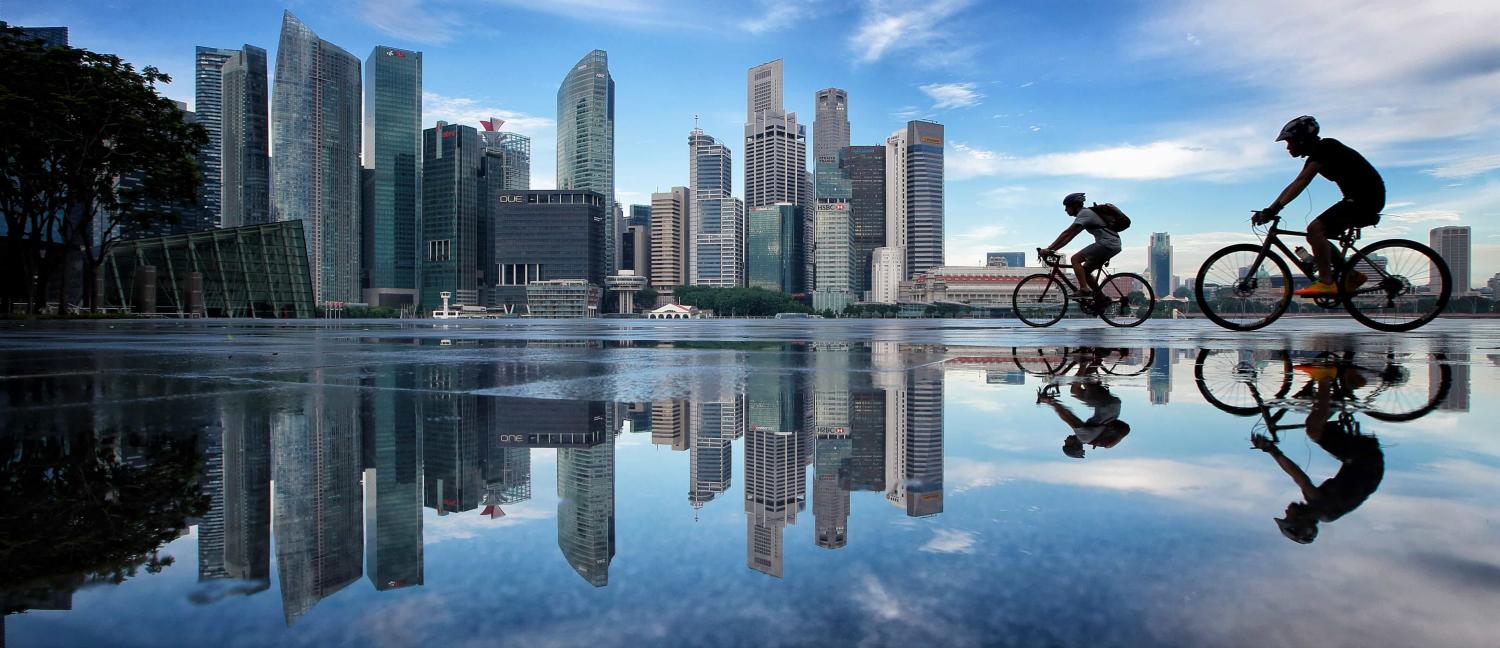Singapore Prime Minister Lee Hsien Loong’s speech to a conference of the ruling People’s Action Party (PAP) on 4 December highlighted his government’s acute recognition of the challenges posed to the liberal international order that has provided a benign context for the city-state’s development over the last half-century.
Singapore has worked hard for its success, he said, but has benefited from an open trading environment, peace in Asia, and an international order in which countries competed under rules that were fair to all. According to Lee, developed countries are now adopting a more ‘protectionist, nativist approach’: this was clear from the results of the UK’s Brexit referendum and the US presidential election. If other countries followed this trend, ‘the world is going to change, and it will change for the worse’, he claimed. The Prime Minister went on to say that, in the face of unwelcome developments elsewhere, Singapore had no choice but to ‘stay open, because if we close up like other countries, our people will be finished’.
What Lee didn’t say directly was that during the current decade his PAP government has itself faced (and, indeed, faced down) a serious domestic political challenge motivated to a significant degree by an impulse similar to that now sweeping Western countries. While this challenge lacked the coherence and focus of the Brexit phenomenon in the UK, the charisma and vitriol of Trump’s campaign, or the vile political pedigree of the new right in continental Europe, a core message from the political opposition in Singapore’s 2011 election campaign was that the large-scale immigration encouraged by the government since the 1990s was changing Singapore for the worse. Foreigners were undermining Singaporean living standards not only through their willingness to work for lower salaries but also because of the stress they were placing on the city-state’s public housing, health system, schools and transport.
For the first time, in 2011 social media played a significant role in a Singapore election campaign, and the commentary there was often racist and inflammatory. At issue was the government’s commitment to satisfy the demand of Singapore’s rapidly-growing economy for white-collar and professional employees, and to provide a growing market for local business. At the same time, the government view was that it was necessary to maintain – at least approximately - the existing balance between the country’s main ethnic groups in the interest of social harmony.
Given Singapore’s low birth-rate (at 1.2, the ‘total fertility rate’ was among the world’s lowest), particularly pronounced among the ethnic-Chinese majority, both objectives could only be attained through immigration. No official figures are publicly available, but it is evident that a large proportion of the new immigrants were from China and India. As a result of the government’s policies, Singapore’s total population increased rapidly, from 3 million in 1990 to 5.1 million in 2010. By 2010, the total included over 1.8 million non-citizens. The government’s anticipation of Singapore’s population growing to 6.5 million in the long term was a matter of concern for some Singaporeans, and was criticised by opposition parties’ leaders.
The opposition parties came nowhere close to unseating the PAP in the 2011 general election. Indeed, by Western standards the PAP’s victory was a landslide. Nevertheless, the PAP’s adversaries (which for the first time contested every parliamentary seat) succeeded in reducing the governing party’s share of the vote to 60.1% (the lowest since independence in 1965) and increased their own seats in parliament to six (the largest number since 1965). The Workers’ Party emerged as dominant among the opposition groups, and some observers saw the dawn of a two-party system and perhaps even a long-term threat to the PAP’s status as the permanent party of government.
The result was a significant shock for the government. In response, while broadly maintaining its immigration policy (indeed, it powerfully reiterated this in a white paper in January 2013 that envisaged the island’s population growing to 6.9m by 2030, more substantially and more quickly than expected even a few years earlier), the government pursued a policy of across-the-board attention to the concerns that the election had highlighted. Despite the concerns of local businesses, this included policies aimed at restricting the number of low-paid immigrant workers. The government also became more selective in granting permanent residence status, and made the benefits of citizenship and permanent residence more distinct.
Perhaps more importantly, the government worked hard to respond to public concerns in health, education and transport, while strengthening welfare safety-nets. And, as part of its heightened responsiveness, the government initiated ‘Our Singapore conversation’, a two-year-long consultation process with the population, while PAP members of parliament worked harder than ever in their constituencies to reconnect with grassroots opinion.
These efforts paid off. In the September 2015 general election, the PAP may have benefited from a sympathetic impulse among the electorate following the death of the country’s hugely-respected founding father, Lee Kuan Yew, the previous March. But this factor alone could not explain the huge swing of support back to the party. While the PAP only regained one parliamentary seat from the opposition, it had evidently halted the slide in its popularity and secured 69.9% of the popular vote in the best result since 1965. It was an important demonstration of how effective and responsive governance may in the right circumstances (in Singapore’s case, an economic environment ensuring low unemployment) undermine the appeal of narrow-minded populism.
Concluding his speech to the PAP conference last weekend, Prime Minister Lee emphasised that if the party wanted to win future elections, it needed to serve Singapore’s people diligently and never ‘take voters for granted’. This lesson of Singapore’s experience since 2011 is one that governments of other countries challenged by xenophobic populism might usefully note.

